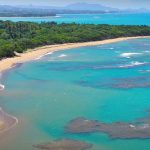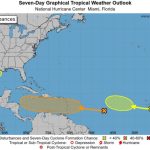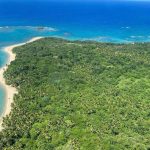Short-statured Dominicans: navigating vacations in non-inclusive environments
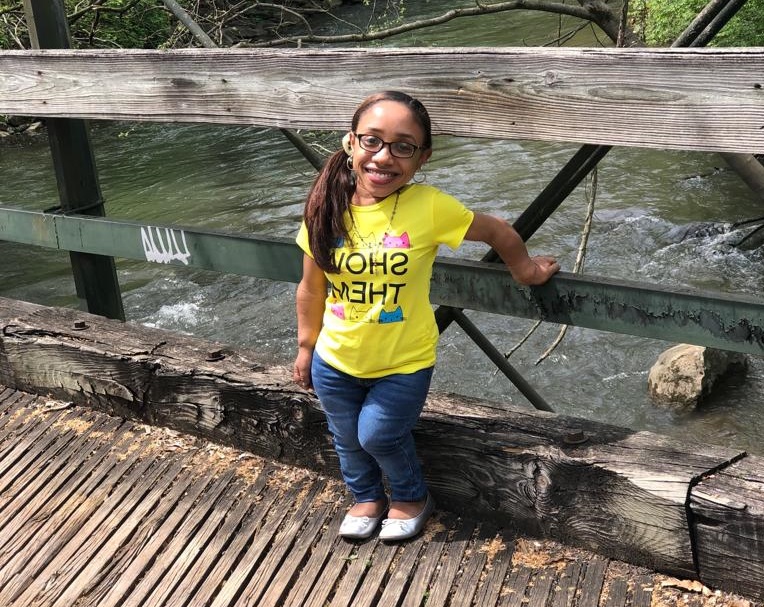
Rocío Stephani de Jesús Durán.
Santo Domingo.- To go on vacation in her own country, Rocío Stephani de Jesús Durán carefully considers the layout of her accommodations, as she is a short person with reduced mobility. This remarkable Dominican, a tireless advocate for the equality of people with disabilities, ensures that she is aware of walking distances and whether she needs to bring her electric scooter. “I also make sure that the facilities are suitable for me to move around with complete autonomy and that there is accessibility, such as ramps,” she adds.
Are there any destinations in the Dominican Republic that meet the rigors of inclusivity for people with short stature or dwarfism? The question does not take Rocio by surprise, as the issue is not foreign to her life: “As far as I’m concerned, I could not identify any specific place that is inclusive.” And that not only affects Dominicans with these characteristics, but also the short-statured foreigners who visit us.
However, Rocío –the coordinator of the Small People community in the Dominican Republic– has not been deprived of the beauty of her country. Her experience as a domestic tourist has been rather positive, as she usually travels with family and friends, from whom she receives the help she needs; nor does she complain about the way others treat her. “I think that in the tourism sector there has been some progress that benefits wheelchair users, but they still don’t take into account short people.”
She points out that if foreigners with these particularities rent a vehicle in our country, they would not have pedal extensions available to be able to drive on their own. “Or those who move in wheelchairs or electric scooters will find places where there are no ramps, or there is no availability of vehicles or cabs to move these devices.”
Rocio was diagnosed with multiple epiphyseal dysplasia, a genetic alteration that affects bone growth and remodeling, and is described as an anomaly in the development of the epiphyses and bone deformities that damage the joints and cause early osteoarthritis in children. According to scientists, it is a rare type of dwarfism.
Challenges when traveling
When traveling, short people have to deal with buses, trains and airplanes where their feet do not reach the floor, causing discomfort and leg pain. Hotels, far from being an oasis of relaxation and rest, become an obstacle course for these people.
The reception desks are usually high and the staff cannot see them; in entertainment areas, restaurants and bars they need assistance most of the time, as they cannot reach the chairs; the sinks are high, as are some showers; the doors are also difficult to open and close; in the rooms the switches are higher than their height and, sometimes, so are the beds and utensils such as towels and irons; for those who cannot swim, they often have to stay in the pool areas intended for children.
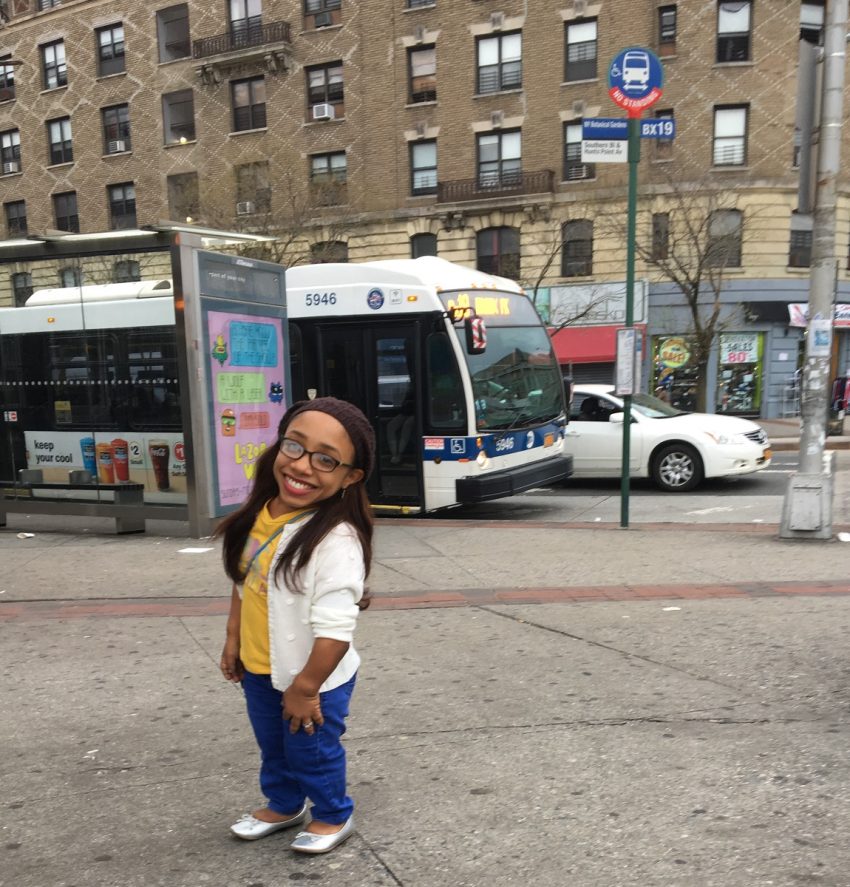
Rocio has traveled abroad and has seen many advances in accessibility for people with disabilities.
In addition to physical challenges and architectural barriers, short people often face stigmatization and prejudice from other tourists and even tourism staff. Inappropriate comments, prying eyes and lack of sensitivity to individual needs contribute to a hostile and exclusionary environment. Such social barriers translate into a negative impact on the emotional experience during travel.
Inclusion, a keyword
In the United Nations (UN) Convention on the Rights of Persons with Disabilities, this issue is of vital importance. As its Article 1 states, its purpose is “to promote, protect and ensure the full and equal enjoyment of all human rights and fundamental freedoms by all persons with disabilities, and to promote respect for their inherent dignity.”
The 2030 Agenda also echoes the theme; of the 17 Sustainable Development Goals (SDGs) that comprise it, several make reference to persons with disabilities, such as SDG 4, related to inclusive and quality education; SDG 8 deals with economic growth, employment and decent work; SDG 10 on reducing inequalities; and SDG 11 targets the development of inclusive, sustainable and resilient urban environments.
The dimension of this issue goes beyond the environmental, it is also social, for one simple reason: disability and accessibility are part of sustainable development. Hence, it is a human rights issue. To address the challenges faced by short people and promote their inclusiveness in tourism it is essential to implement specific measures:
- Universal design: tourism destinations and attractions should adopt a universal design approach to ensure that their facilities are accessible to people of all heights.
- Information: provide clear and detailed information on the accessibility of tourist destinations and attractions on websites and printed materials.
- Awareness and training: it is essential to train industry staff in diversity and inclusion to understand and respect the needs of short guests and customers.
- Promoting diversity: one way to foster acceptance and equality is to encourage representation of short people in advertising and marketing.
#SoyMasQueUnaEstatura (#ImMoreThanAStature)
As an enriching activity, tourism should be available to all, regardless of height. The challenges that short people are exposed to are a wake-up call for the sector, society and decision makers. Implementing concrete measures to address physical and social barriers is vital to ensure that all travelers can enjoy meaningful and memorable tourism experiences.
On her Instagram account Rocio promotes a hashtag that speaks volumes, #SoyMasQueUnaEstatura. She is 93 centimeters tall, is a school psychologist, completed a master’s degree in Neuropsychology of Education and works at the Padre Arturo parish school in Monte Plata; she is also a motivational speaker. She has had the opportunity to travel abroad and notice numerous advances that favor accessibility for people with disabilities, especially for wheelchair users.

On her Instagram account Rocio promotes a hashtag that speaks volumes, #SoyMasQueUnaEstatura.
“In the case of short people, some states in Mexico have passed a law that promotes the provision of fixed or movable benches for use in bathrooms, ATMs, at the reception and other areas. It is an excellent initiative that benefits us because of our condition, and we would like to promote it, from our project, so that it can be put into practice in the Dominican Republic,” says Rocío with contagious emotion.
In addition to the necessary education and awareness about dwarfism, Rocío asks to be included in the programs that are carried out in favor of people with disabilities, “that adaptations can be made in infrastructures such as bathrooms, ATMs, means of transportation, etc., to achieve better performance and autonomy.”

Training tourism personnel in diversity and inclusion is essential to understand and respect the needs of short guests and customers.
Short people are exposed to social discrimination, mockery, lack of employment opportunities and problems in carrying out daily activities due to the lack of adequate infrastructure, in addition to the physical ailments inherent to the disease, which makes them a vulnerable population and in some cases marginalized from the socioeconomic policies and programs offered by the State.
October 25: World Dwarfism Awareness Day
The date was chosen in honor of the birth of one of the first to advocate for the rights of short people, the American actor William John Bertanzetti (1924-2000), better known as Billy Barty. The commemoration seeks the recognition of this segment of the population, their social inclusion and respect for human rights. In 1957 Barty founded Little People of America (LPA), a voluntary, non-profit organization dedicated to providing support and information to people of short stature and their families.
Short individuals are those with some form of dwarfism (there are more than 200 types, most of which are unknown to science). They are usually diagnosed with achondroplasia, a genetic disorder of bone growth, the incidence of which is observed in one out of every 25,000 live births. In July 2009, the word “dwarf” was declared inappropriate and offensive.
Tourists of all kinds travel through our country: foreigners, Dominicans and residents. For those of short stature, specific solutions and norms are needed, so that they can enjoy this activity, which is a right for all. Can the Dominican Republic create the necessary scaffolding for them? Their steps may be shorter, but their yearnings for happiness emulate ours in size.
________________
By Adrian R. Morales
Senior Staff Writer
adrian.editor@gmail.com











